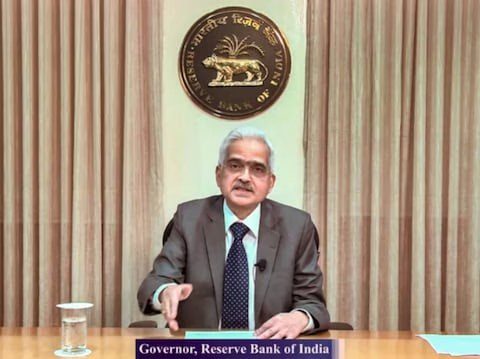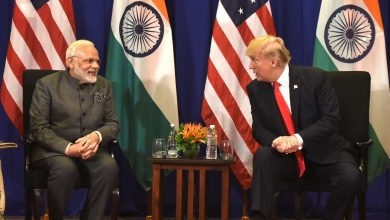Inflation may ease in second half of 2022-23: RBI governor
Inflation may ease gradually in the second half of 2022-23, Reserve Bank of India governor Shaktikanta Das said on Saturday, asserting that the central bank will continue to calibrate its policies with the goal of preserving and fostering macro-economic stability.
“In this endeavour, we will remain flexible in our approach while being cogent and transparent in our communication. If history is any guide, I am optimistic that our actions will usher in a new era of prosperity in the years ahead,” Das said in his address at the Kautilya Economic Conclave in the national capital.
Soaring price pressures have emerged as a major challenge for policy-makers, prompting RBI to raise interest rates sharply to tame inflation. Both retail and wholesale price inflation have remained stubbornly high.

“At this point of time, with the supply outlook appearing favourable and several high frequency indicators pointing to resilience of the recovery in the first quarter (April-June) of 2022-23, our current assessment is that inflation may ease gradually in the second half of 2022-23, precluding the chances of a hard landing in India,” said Das. Hard lending refers to a slowdown in growth after robust expansion.
The RBI governor said inflation is a measure of the trust and confidence that the people repose in the economic institutions of a country. “While factors beyond our control may affect inflation in the short run, its trajectory over the medium-term is determined by monetary policy. Therefore, monetary policy must take timely actions to anchor inflation and inflation expectations so as to place the economy on a strong and sustainable growth pedestal,” said Das.
He said a closer look at the journey through the two black swan events of Covid-19 and the geopolitical crisis in Europe would bring out certain distinct contours of the central bank’s approach in these turbulent times.
“Our overarching objective was to safeguard the economy and preserve financial stability. Our endeavour has been to ensure a soft landing. These objectives continue to guide our actions even today and it will continue to be so in future,” said Das.
“They add to the macroeconomic and financial stability challenges from volatile capital flows in a financially globalised world. In fact, recent developments call for greater recognition of global factors in domestic inflation dynamics and macroeconomic developments which underscore the need for enhanced policy coordination and dialogue among countries to achieve better outcomes,” said Das.
This article has not been edited by our staff and has been posted to keep the users updated about the things happening in and around the world.






